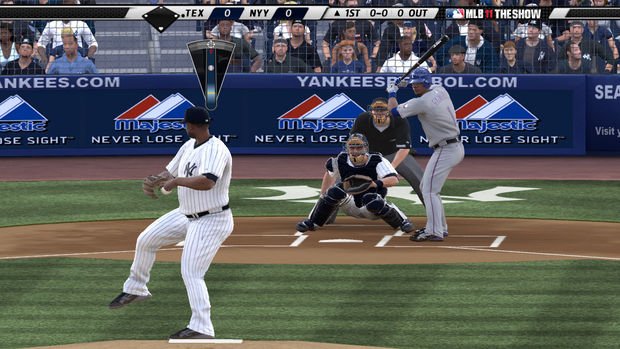Sports
What Does MVR Mean In Baseball?
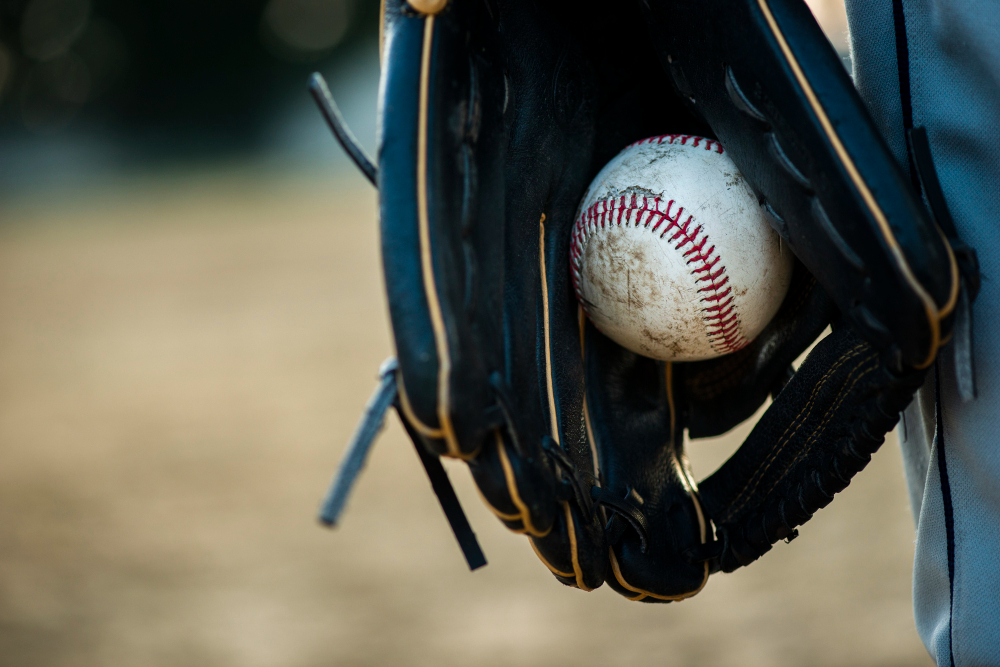
Baseball is a game rich with intricate rules, strategies, and terminology that can often confuse spectators, particularly those unfamiliar. One term that has become more popular in recent times is MVR, which stands for Mound Visits Remaining.
This statistic was introduced as part of Major League Baseball’s (MLB) initiative to modernize the sport, enhance its pace, and keep the excitement alive for fans. However, what does MVR actually signify, and why does it matter?
More About MVR And What Does It Signify?
In basic terms, MVR indicates the number of Mound Visits a team has available during a game. Mound visits are occasions when coaches, players, or managers go to the pitcher on the mound to provide communication, strategize, or ease nerves. These visits can be vital for a team’s performance, but too many visits have faced criticism for disrupting the pace of play, particularly in tight games.
MLB implemented a restriction on mound visits in 2018 to tackle this concern. Each team is now permitted a maximum of five mound visits per game. This change in rules was intended to minimize unnecessary pauses and maintain the game’s pace, making it more engaging for fans. The MVR statistic, shown on scoreboards, keeps track of how many visits each team has left.
Read More: How Many Hockey Players Are On A Team?
So, What Are Things That Are Not Counted Under Mound?
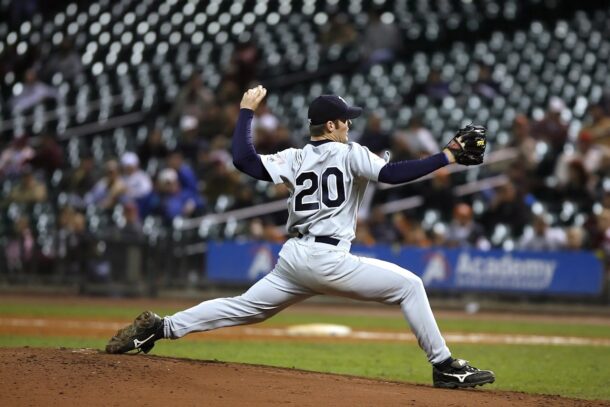
One should know that not every trip to the pitcher’s mound is counted toward the MVR limit. MLB categorizes a mound visit as any occasion when a coach, manager, or player approaches the mound to communicate with the pitcher. Nonetheless, there are particular exceptions:
- Addressing Injuries or Equipment Issues: These visits concerning a pitcher’s injury or equipment malfunction are not recognized as official mound visits.
- Clarifying Signals: If a player approaches the mound solely to clarify signals, it is not counted as a visit unless it unnecessarily delays the game.
- Changing Pitchers: These are the trips that lead to a change in the pitcher. They are too excluded from the count of mound visits.
- End of an Inning: Conversations between a coach and pitcher between innings are not included in the tally.
By making these distinctions, MLB ensures that essential visits for health or strategic adjustments are not penalized under the rule.
Also Read: Is Ice Skating Harder Than Roller Skating?
What Is The Need For MVR Rule?
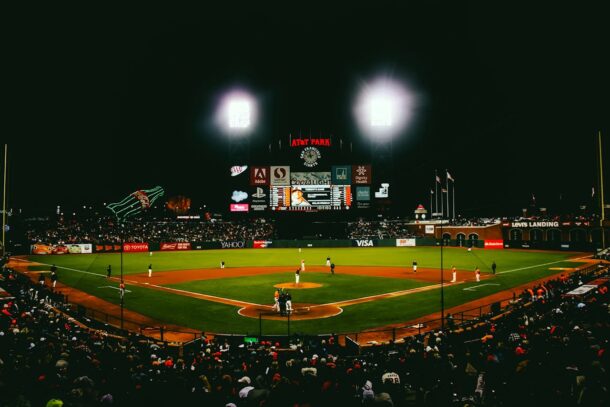
Baseball, although rich in tradition, has come under fire lately for games that often last over three hours, raising worries about keeping fans engaged. The MVR rule tackles this concern by capping the number of mound visits a team can make in a game to five, with certain exceptions.
In this section, we will examine the main objectives of this rule and its wider impact.
Improving The Pace Of Play
The primary objective of the MVR rule is to speed up the game. In the past, numerous mound visits led to longer games, as coaches, managers, and players often paused the action to plan or resolve concerns. These interruptions frequently disturbed the game’s rhythm, leading to dissatisfaction among fans, especially those attending in person or watching on TV.
By limiting the number of mound visits, MLB has successfully minimized these delays. Games now advance more smoothly, with fewer interruptions between pitches and innings. This aligns with MLB’s overarching aim of fostering a more vibrant and engaging experience, especially for younger viewers who prefer quicker-paced entertainment.
Enhancing Fan Experience
In today’s fast-paced environment, where attention spans are increasingly limited, MLB had to evolve to maintain and expand its fanbase. The MVR rule is crucial in this effort, enhancing the excitement and appeal of games. By reducing unnecessary interruptions, this regulation allows fans to experience uninterrupted action, whether they’re in the stands or watching from home.
Shorter game lengths also make baseball more appealing to casual spectators who may be put off by the idea of lengthy games. Consequently, the MVR rule aids MLB in its mission to modernize the sport while remaining faithful to its fundamental principles.
Encouraging Strategic Decision-Making
The MVR rule adds a new strategic dimension to the game, as teams must now think critically about when and how to use their limited mound visits. Managers and coaches need to focus on important moments for these visits, ensuring that each trip to the mound is purposeful and necessary. This change promotes improved communication and game-day planning, which decreases the reliance on adjustments during the game.
Moreover, the rule requires pitchers and catchers to address challenges on their own, encouraging increased self-sufficiency and mental resilience. Teams are also faced with the challenge of balancing the pace of play while maintaining their strategic advantage, especially during crucial situations.
Supporting MLB’s Broader Modernization Goals
The MVR rule is an element of Major League Baseball’s broader effort to update the game and draw in fresh fans. In conjunction with other initiatives like the pitch clock and the requirement for relievers to face at least three batters, the MVR rule demonstrates MLB’s dedication to progressing with contemporary trends while maintaining the integrity of the sport.
Also Read: Hockey Skates vs Figure Skates: What’s The Difference
How Has MVR Impacted Strategies In The Game?
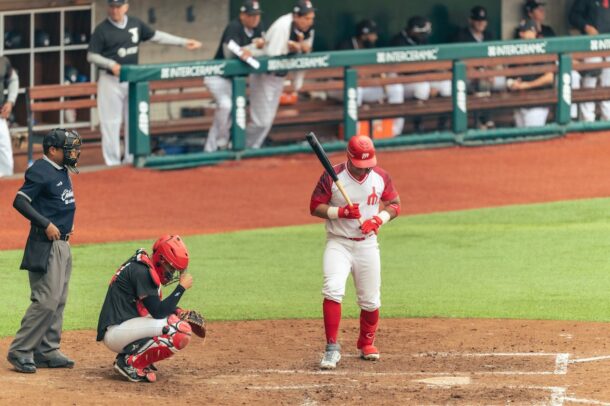
Here’s how MVR has changed the game:
Focusing On Critical Moments
Managers and coaches must pinpoint the most significant moments to deploy their visits. For instance, they can choose to reserve visits for high-pressure situations, like bases-loaded instances, or when their closer is having trouble finding the strike zone.
Improved Communication Before Games
Teams are now emphasizing pre-game preparation to lessen the necessity for in-game visits. Pitchers and catchers practice enhancing their comprehension of signs and strategies during training sessions, reducing the likelihood of confusion during actual games.
Heightened Pressure On Pitchers
Pitchers are increasingly expected to tackle issues independently in certain situations, as they can’t always depend on a coach or teammate to come to the mound. This has prompted pitchers to build increased mental strength and self-sufficiency.
Impact On Bullpen Management
Managers also have to factor in the MVR rule when overseeing their bullpen. If a team has a limited number of mound visits, it could influence the timing and execution of pitching substitutions.
Also Read: Hockey Rink Size: How Big is an Ice Hockey Rink?
Are Fans Excited For This Rule?
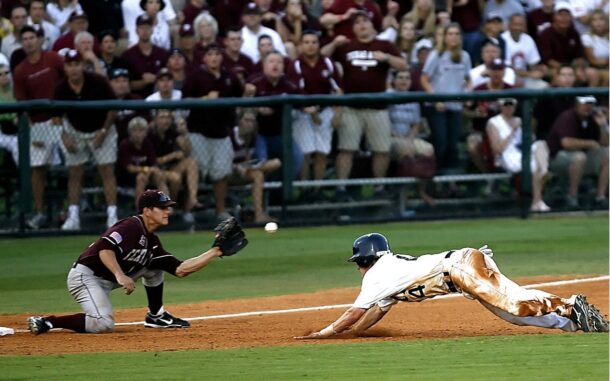
The implementation of the MVR rule has generated a variety of responses from fans, players, and analysts. Here’s an overview of both sides of the argument:
Support for the Rule
- Numerous fans and analysts commend the quicker pace of play, which has enhanced the excitement of games and made them easier to watch.
- The rule has prompted teams to enhance their communication and preparation, resulting in more refined gameplay.
- It fits within MLB’s wider initiatives to modernize the game and engage a younger demographic.
Criticism of the Rule
- Some traditionalists feel that the rule disrupts the natural rhythm and tactics of the game.
- Opponents argue that restricting mound visits could disadvantage pitchers who require guidance or support during critical moments.
- There are worries that the rule introduces unnecessary complications for casual fans, who may not grasp its full implications.
Also Read: Meet the Most Entertaining Pokémon YouTubers This Year [Top 15]
What Are Some Exceptions And Adjustments To The Rule?
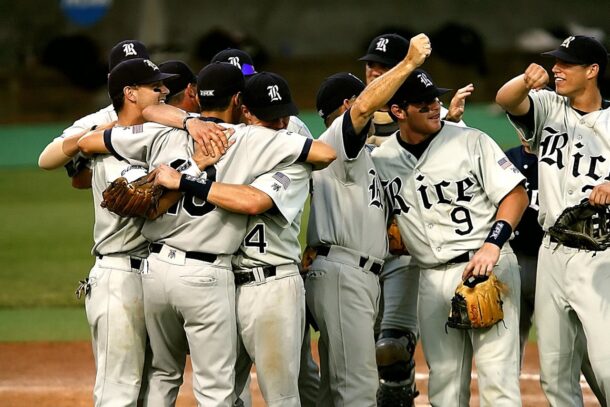
- Extra Innings: Each team is granted an extra mound visit for every additional inning played.
- Playoffs: Though the five-visit limitation still stands, teams typically employ different strategies during the postseason because of the heightened stakes.
These modifications allow the rule to remain adaptable while still maintaining its primary purpose.
Conclusion
The implementation of the MVR rule in baseball has introduced a distinct strategic component to the game while tackling issues related to pace and fan involvement. By restricting mound visits, MLB has managed to find a compromise between maintaining the traditional spirit of the sport and enhancing its appeal to a wider audience. For teams, this regulation requires meticulous planning and effective communication, while fans are treated to a quicker, more lively game.
Sports
Unpacking Sports Harmonicode: What It Is, How It Works, and Why It Matters

In today’s data-driven world of athletics, where even milliseconds and micro-movements can determine the outcome of a game, innovation in training methods has become essential. One such innovation gaining attention is Sports Harmonicode—a cutting-edge concept that blends biomechanics, rhythm, data science, and wearable technology. Designed to decode the harmony of human motion, Sports Harmonicode offers a new way to understand, optimize, and elevate athletic performance. Whether you’re a coach, athlete, or performance specialist, understanding this concept may change how you approach training and recovery.
What is Harmonicode Sport?

Harmonicode Sport refers to a performance optimization model based on identifying and enhancing the harmonic patterns in athletic movement. Think of it as discovering the natural rhythm within each action—running, jumping, swinging—and aligning training to support that rhythm. It combines principles of harmony (balance, timing, coordination) and code (structured data, algorithms, patterns) to produce a more efficient, sustainable, and high-performing athletic experience. In this context, athletes don’t just move—they move in sync with their optimal biomechanical frequency.
The Science Behind Harmonicode Sport
At the core of Harmonicode Sport is the idea that every athlete has a unique rhythmic blueprint. Just like in music where harmony improves sound, harmonic movement in sports enhances efficiency and reduces strain. Neurological research supports that repetitive, well-timed motion strengthens neural pathways, improves proprioception, and reduces energy waste. Harmonicode identifies these patterns using sensor data and models, then aligns training to refine or restore this rhythm, improving the athlete’s overall movement economy.
Also Read: Top 10 Tallest Football Player: A Record-Breaking Athlete
The Importance of Frequency and Resonance
In physics, every object has a natural frequency at which it vibrates. Human bodies, too, have natural frequencies depending on their structure, posture, and function. When athletes perform at their resonant frequency, their movements require less energy and cause less strain. Harmonicode Sport focuses on finding this frequency across different sports and body types, then helping athletes train at their optimal “resonant zones.” The result is smoother, more powerful, and sustainable performance with minimized risk of injury.
Biomechanics and Athletic Movement
Biomechanics is a key pillar of Harmonicode Sport. The concept begins by analyzing joint angles, muscle firing sequences, and ground reaction forces. These data points help generate a map of how an athlete moves in real-time. By identifying where motion is out of sync or inefficient—known as “disharmonic points”—trainers can apply corrective drills to restore balance. Whether it’s adjusting a sprinter’s stride length or refining a golfer’s swing arc, Harmonicode refines the physical mechanics in harmony with nature’s design.
Technology Integration in Harmonicode Sport

Wearable Tech and Smart Sensors
Modern Harmonicode training uses wearable sensors to collect motion data in real-time. These include gyroscopes, accelerometers, and EMG sensors that monitor muscle activity, rotation, and posture. Worn on joints, shoes, or clothing, these devices feed live data to coaches and AI tools, allowing for instant correction and precision tracking of progress. This kind of tech is making high-performance analytics more accessible even outside elite sports labs.
Data-Driven Software Tools
Raw data from sensors is only useful when properly analyzed. Harmonicode platforms rely on advanced software dashboards to visualize performance patterns, compare movement across sessions, and provide AI-backed recommendations. These tools help trainers spot emerging imbalances, fatigue indicators, and rhythm shifts that could lead to injury or declining performance. Many systems also integrate machine learning to adjust personalized training plans as the athlete evolves.
Also Read: The Best Video Game Sports Franchises of All-Time
Key Applications of Sports Harmonicode

Harmonicode Sport is used across disciplines—from track and field to team sports, and even rehabilitation. In training, it helps fine-tune movement, improve coordination, and build muscle memory through rhythmic drills. In rehab, it’s used to restore an athlete’s natural movement frequency after injury, ensuring a smoother and safer return. It’s also emerging in sports analytics, offering coaches a deeper view of real-time biomechanics, especially during high-stakes competitions.
Key Benefits of Harmonicode Sport
The benefits of adopting a Harmonicode-driven approach are substantial. Athletes experience greater precision and control, as movement becomes more predictable and aligned with their unique rhythm. There’s also reduced energy waste, meaning athletes can perform longer and recover faster. Since harmonic training focuses on postural alignment and neuromuscular balance, the chances of chronic or impact-related injuries drop significantly. For coaches, it’s a goldmine of actionable insights that go beyond basic stats and into the DNA of performance.
Future Trends in Harmonicode Sport
The future of Harmonicode Sport lies in AI-assisted coaching, where personalized recommendations are generated in real-time. As sensors get smaller and more powerful, we may see wearables embedded in clothing, delivering live biomechanical feedback. VR and AR integration are also on the horizon, allowing athletes to train in immersive environments where rhythm and balance are guided by visual cues. This tech evolution may soon make Harmonicode the foundation of elite sports science and everyday fitness.
Who Should Use Harmonicode Sport?

While it originated in the high-performance athletic space, Harmonicode Sport is now being adapted for broader audiences. Elite athletes can use it to break performance plateaus. Coaches benefit from precision diagnostics and real-time correction tools. Physical therapists apply it to injury prevention and recovery protocols. Even fitness enthusiasts or aging adults can use simplified harmonic routines to improve balance, flexibility, and coordination in daily life.
Comparisons with Traditional Sports Training
Traditional sports training often focuses on reps, speed, and volume. Harmonicode takes a more strategic and data-centric approach—prioritizing quality of motion over quantity. Instead of pushing harder, it focuses on moving smarter. Where traditional drills may ignore imbalance or asymmetry, Harmonicode catches them early. It’s a proactive, predictive model rather than reactive, which means fewer injuries and more consistent progress over time.
Criticisms or Limitations
Despite its promise, Harmonicode Sport is still relatively new and evolving. Some critics argue that it lacks long-term studies and broad peer-reviewed evidence. The tech involved may also be expensive or complex for small teams or casual athletes. Additionally, there’s a learning curve—coaches and users must be comfortable with data, sensors, and software platforms to make full use of the system. However, as adoption grows and costs drop, these limitations are likely to fade.
FAQs
Is Harmonicode Sport backed by science?
Yes, it’s based on principles of biomechanics, neuroscience, and rhythm theory, though more research is emerging.
Do I need special equipment to get started?
Basic harmonic drills can be done without tech, but wearables and software greatly enhance precision and results.
Can beginners benefit, or is it only for pros?
Absolutely—simple harmonic drills improve balance, focus, and posture for users at any fitness level.
How does it compare to motion capture tech?
Motion capture is typically used in labs and post-analysis, while Harmonicode offers real-time insights and corrections.
Final Thoughts
Sports Harmonicode represents a powerful shift in how we approach athletic performance. By aligning movement with rhythm, frequency, and balance, it enables athletes to train not just harder, but in harmony with their natural mechanics. As technology evolves and more research supports its effectiveness, Harmonicode Sport could become a staple in elite sports science and accessible wellness alike. Whether you’re chasing gold medals or better mobility, understanding your harmonic code might just be the breakthrough you’ve been waiting for.
Sports
Which Hand Do You Wear A Golf Glove On? [2025]
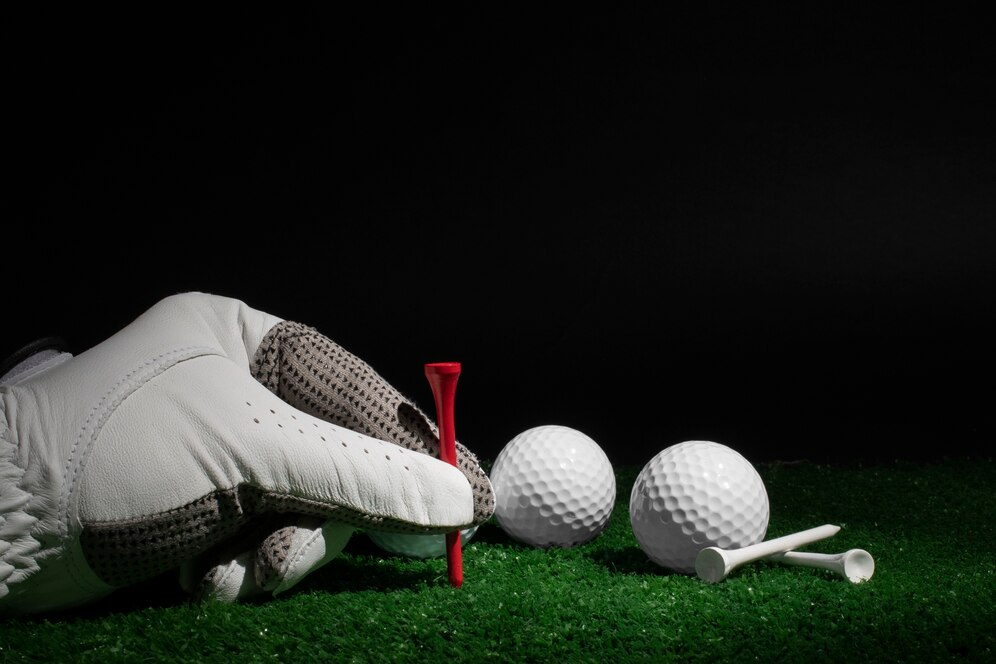
Key Takeaways
- Right-handed golfers wear the glove on their left hand; left-handed golfers wear it on the right.
- A proper glove fit should feel snug, like a second skin, without extra movement or tightness.
- Leather gloves offer premium grip and feel in dry conditions, while synthetic or rain gloves are better for wet weather.
- Wearing one glove helps with grip and prevents blisters, though two gloves can be worn in cold or rainy conditions.
Introduction
You’ve been golfing for a while and are used to wearing gloves, you probably know exactly which hand to put it on. But for newcomers, it might not be as straightforward as it seems.
Let’s uncover the basics and turn you into a pro golfer.
A right-handed golfer usually puts on a golf glove on their left hand. Why? Well, when you grip the club the traditional way, your left hand sits at the top and leads the swing.
It’s really important for the left hand to have a solid hold on the club. However, to swing smoothly and without any tension, you definitely don’t want to be squeezing the club too tightly. What you really need is a good grip with just the right amount of pressure on the club.
Also Read: Godot Engine vs Unity: Which is Best in 2025
So, What’s A Good Grip?
Even professionals agree that a quality golf glove provides a better grip than bare hands. This allows a golfer to hold the club with confidence and authority when they swing at the ball. Plus, a glove helps protect the hands from blisters and calluses.
Left-handed golfers usually wear a glove on their right hand, while some, like Aaron Rai, opt for gloves on both hands. They believe this gives them an even better grip and a more consistent feel across both hands.
How To Choose The Size And Fit Of Golf Gloves?
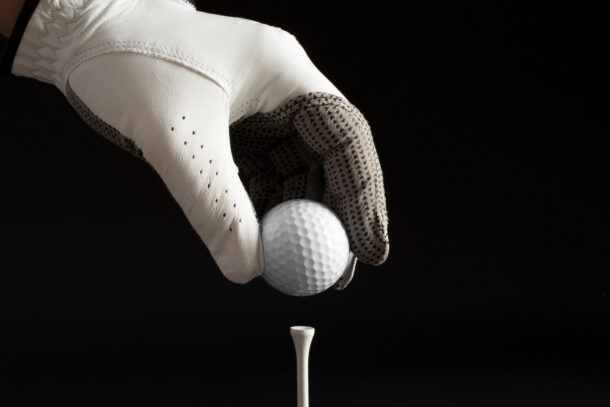
Most gloves are available in various sizes to accommodate different hand shapes. Ideally, a glove should fit snugly without being too tight. You definitely don’t want excessive movement, as that can hinder your performance.
The goal is to find a glove that minimizes hand movement on the grip. Ensure it fits well across the palm and that there’s no extra material at the fingertips.
However, be careful not to choose a glove that’s so tight it feels like it’s restricting your blood flow.
You should be able to stretch your fingers and make a fist without the glove feeling too tight or stretching out of shape. The goal is to find a glove that feels like a second skin. Keep in mind that different brands and models will offer various fits and sensations.
Don’t hesitate to try out gloves from multiple manufacturers to discover the perfect match for your hand shape.
Also Read: Unity vs Unreal Engine – Which Gaming Engine Is Right For You?
What Gloves To Choose For Which Conditions?
When the weather is just right, you might want to reach for a premium Cabretta leather golf glove or something similar. Big names like Ping, TaylorMade, and Callaway craft soft leather gloves that are favorites among Tour players and serious amateur golfers alike.
A leather glove provides top-notch comfort and a great grip on the club. While they might not be the most durable option and can struggle in wet conditions, a leather glove truly shines when it comes to feedback and feel during your swing and on those shorter shots.
What If The Weather Is Not Constant?
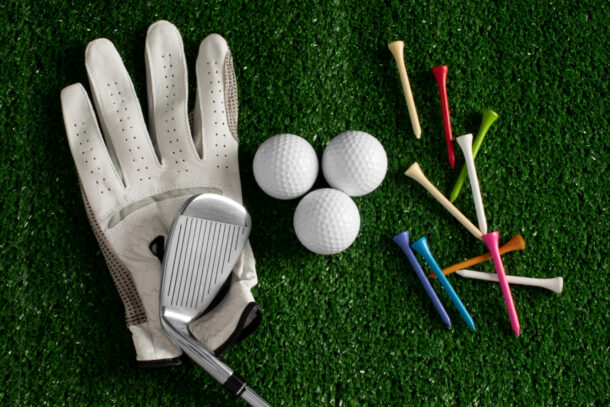
When the weather is unpredictable, opting for an all-weather synthetic glove might just be your best bet. Made from tougher materials, these gloves tend to last longer and handle wet conditions much better than leather ones. However, if the rain really starts pouring, you might want to consider investing in one of the top rain golf gloves available. These gloves are specially designed to enhance grip as they get wetter.
They can really help you maintain control of your club and keep your score in check when the skies open up. Many rain gloves come in pairs, and you will find it more effective and comfortable to wear them on both hands.
Also Read: Pokemon Emerald Cheats: List of Cheat Codes
FAQs
Well, if you’re a right-handed golfer, you’ll want to put that glove on your left hand. On the flip side, left-handed golfers should wear it on their right hand. Basically, the glove goes on your lead hand—the one that’s gripping the club.
The reason is pretty straightforward: The lead hand is in charge of controlling the club and managing grip pressure. So, the glove helps keep things steady and prevents those annoying blisters. As for the trailing hand (the one lower on the grip), it usually stays bare to give you a better feel and control when you swing.
You can definitely wear two gloves, especially when it’s cold or rainy, but most golfers prefer to stick with just one for that better feel. Using two gloves is more about comfort than actually improving your game.
Conclusion
In golf, you wear the glove on your lead hand—left for right-handed players and right for left-handed players. It helps you grip the club better, keeps blisters at bay, and gives you more control. Although it’s not a must when putting, putting it on the right way can really boost your swing consistency and make your time on the course more comfortable.
Sports
How Long Does It Take to Play 18 Holes of Golf?

Golf is a sport that requires patience, skill, and strategy. One of the most common questions among both beginners and experienced players is, “How long does it take to play 18 holes of golf?” The answer varies based on multiple factors, including player skill level, course layout, group size, and external conditions. In this article, we will explore the estimated time to complete 18 holes and the factors that influence the duration of a golf round.
How Long It Takes to Play 18 Holes of Golf
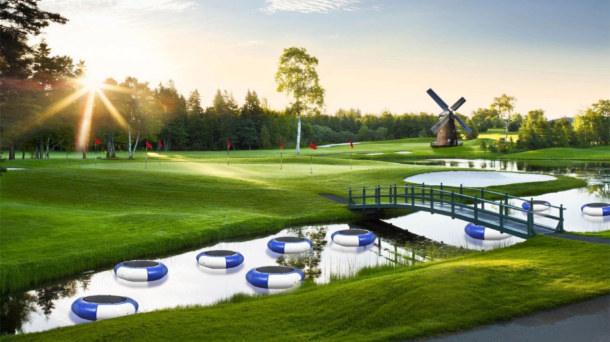
On average, an 18-hole round of golf takes approximately four to five hours to complete. However, this time can vary widely depending on different circumstances. A solo golfer or a twosome can usually finish in about three to four hours, while a standard foursome typically takes four to five hours. In tournament play, where precision and strategy take precedence, the duration can extend to five or even six hours.
Average Time to Play 18 Holes of Golf
The average time to play 18 holes of golf is typically between four to five hours. However, this duration varies depending on several factors such as group size, player skill level, course difficulty, and whether players are walking or using a golf cart.
- Solo players can finish in 2.5 to 3.5 hours, especially if using a golf cart.
- Twosomes usually take 3 to 4 hours due to alternating shots and potential waiting times.
- Foursomes, which are the most common group size, take 4 to 5 hours on average.
- Tournament play or professional rounds may extend to 5 to 6 hours, as players take more time for strategy and precision.
Factors Affecting Time to Complete 18 Holes of Golf
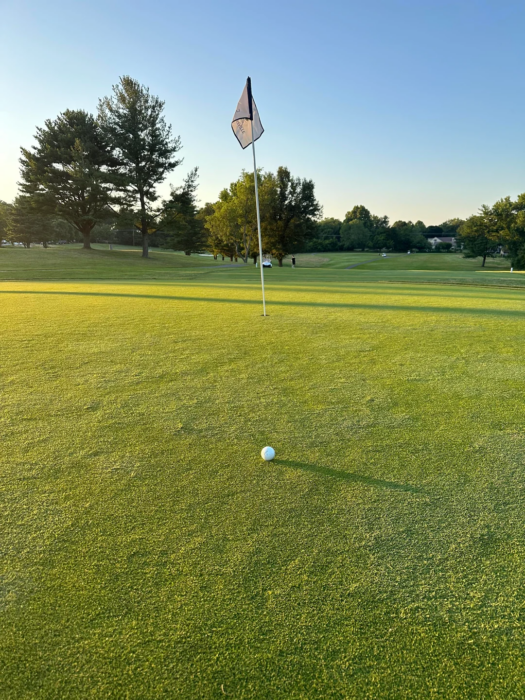
Group Size
The size of the group significantly impacts the overall time to play 18 holes. A solo player can complete a round much faster, often within three hours, since there is no waiting for others to take their shots. A twosome plays slightly slower, averaging three to four hours. A standard foursome, which is the most common setup, typically takes four to five hours due to the additional time needed for each player to complete their shots. If the course is crowded, the pace slows further as players wait for groups ahead to finish each hole.
Player Skill
Skill level plays a major role in determining the pace of play. Beginner golfers tend to take longer as they require more strokes per hole, frequently adjust their stance, and may spend time looking for lost balls. In contrast, experienced golfers play faster due to better accuracy and course management. Professional players, while skilled, may take longer in competitive settings due to strategic decision-making and strict adherence to rules.
Course Rating
The design and difficulty level of a golf course also impact the time required to complete a round. Courses with numerous hazards, long fairways, and complex greens naturally take longer to navigate. Shorter par-3 courses or executive courses require less time, making them ideal for quicker rounds. Additionally, the level of maintenance on the course, including green speed and rough conditions, can also affect the pace of play.
Walking or Riding
Whether a player chooses to walk or ride in a golf cart has a noticeable effect on the duration of the game. Walking the course adds travel time between shots and holes, making the round take longer—often closer to five hours. Riding in a golf cart significantly reduces the time needed to move between holes, cutting the total round time by 30 to 60 minutes.
How Long Does It Take to Play 18 Holes of Golf with 1 Person?
A solo golfer can complete 18 holes much faster than a group. On an uncrowded course, a single player can finish in about two and a half to three and a half hours. If using a golf cart, the time may be closer to two hours. However, course conditions and external factors, such as slow groups ahead, can still affect playtime.
How Long Does It Take 2 Players to Golf 18 Holes?
A twosome generally takes about three to four hours to complete 18 holes. Since there are only two players taking turns, the pace is faster than a standard foursome. If the course is busy, waiting for other groups may extend the playtime, but otherwise, a twosome can finish efficiently, especially with the use of a golf cart.
How Long Does It Take to Play 9 Holes of Golf with 4 Players?
Playing nine holes with a group of four golfers typically takes about two to two and a half hours. The pace is influenced by the same factors affecting an 18-hole round, including skill level, course difficulty, and whether players are walking or riding. A relaxed or beginner group may take closer to three hours.
How Many Holes of Golf Can You Play in 3 Hours?
The number of holes that can be played in three hours depends on group size, course conditions, and mode of transportation. A solo golfer with a cart can often complete 18 holes in about three hours. A twosome may complete 12-15 holes in the same time frame, while a foursome might finish around 9-12 holes, depending on pace and delays.
Conclusion
The time required to play 18 holes of golf depends on various factors, including player experience, group size, course difficulty, and transportation method. While the average duration is four to five hours, skilled golfers and smaller groups can complete a round in less time, especially with the use of a golf cart. Understanding these factors can help golfers plan their rounds effectively and optimize their time on the course.
-

 Guides5 years ago
Guides5 years ago6 Proven Ways to Get more Instagram Likes on your Business Account
-

 Mainstream10 years ago
Mainstream10 years agoBioWare: Mass Effect 4 to Benefit From Dropping Last-Gen, Will Not Share Template With Dragon Age: Inquisition
-

 Mainstream6 years ago
Mainstream6 years agoHow to Buy Property & Safe Houses in GTA 5 (Grand Theft Auto 5)
-

 Casual2 years ago
Casual2 years ago8 Ways to Fix Over-Extrusion and Under-Extrusion in 3D Printing
-
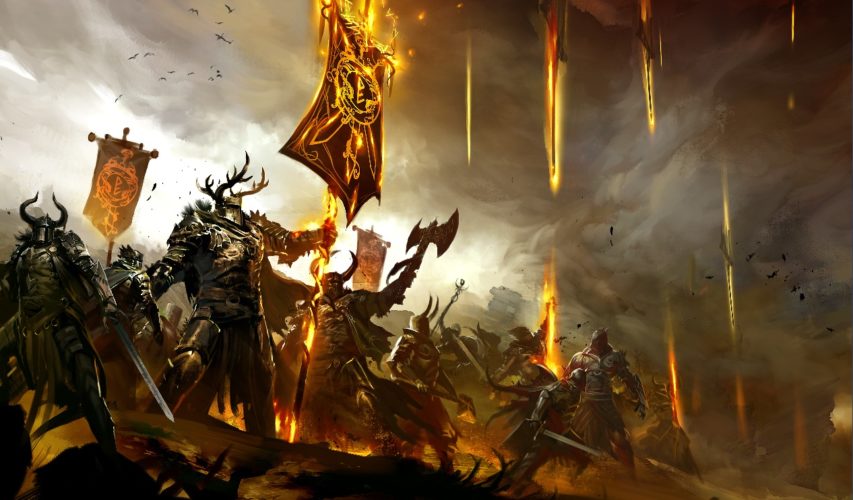
 Mainstream12 years ago
Mainstream12 years agoGuild Wars 2: The eSports Dream and the sPvP Tragedy
-

 Guides10 months ago
Guides10 months agoFree Fire vs PUBG: Comparing Graphics, Gameplay, and More
-
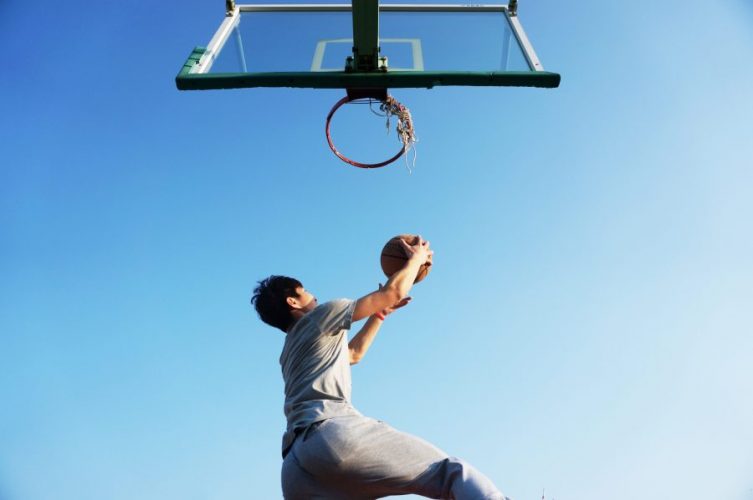
 iOS Games2 years ago
iOS Games2 years agoThe Best Basketball Games for IOS
-

 Gaming News1 year ago
Gaming News1 year agoSwiping, Tapping, and Tilting: How Mobile Games Are Played Today

